Optimal Timing for Waterproofing Applications
Waterproofing is a critical process to protect structures from water intrusion, which can lead to damage, mold growth, and structural deterioration. Proper timing ensures optimal adhesion and effectiveness, extending the lifespan of waterproofing solutions.
Spring offers moderate temperatures and lower humidity, ideal for waterproofing projects to ensure proper curing and adhesion.
Early summer provides warm weather with less rainfall, suitable for waterproofing, but high temperatures later in the season can affect drying times.
Applying waterproofing in fall allows for protection before winter, especially in regions with mild climates, reducing freeze-thaw damage risks.
Winter's cold temperatures and moisture make waterproofing less effective and more prone to failure due to poor adhesion and curing issues.
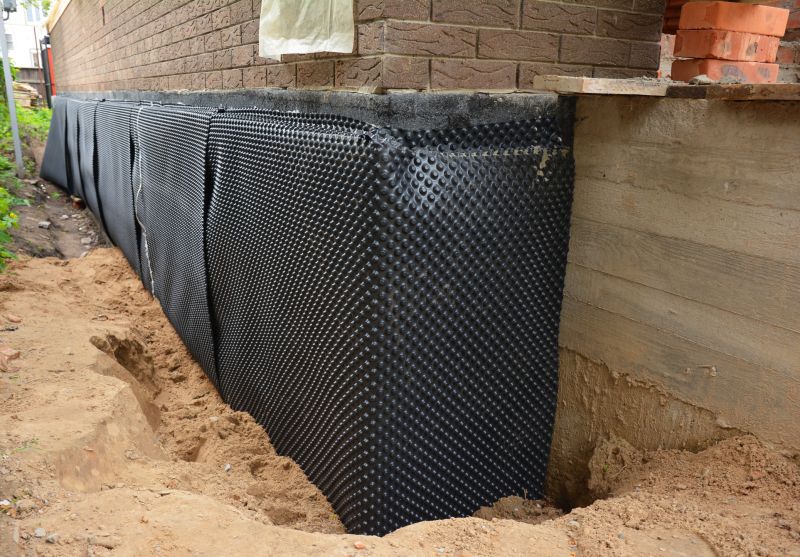
Ways to make Waterproofings work in tight or awkward layouts.

Popular materials for Waterproofings and why they hold up over time.

Simple add-ons that improve Waterproofings without blowing the budget.

High-end options that actually feel worth it for Waterproofings.

Finishes and colors that play nicely with Waterproofings.

Little measurements that prevent headaches on Waterproofings day.
Waterproofings involve applying specialized materials to surfaces to prevent water penetration. These materials include sealants, membranes, and coatings designed to withstand various environmental conditions. Proper application during suitable weather conditions enhances durability and effectiveness. Statistics indicate that correctly timed waterproofing can extend the lifespan of foundations and roofs by several years, reducing long-term repair costs and structural issues.

A 60-second routine that keeps Waterproofings looking new.

A frequent mistake in Waterproofings and how to dodge it.

Small tweaks to make Waterproofings safer and easier to use.

Lower-waste or water-saving choices for Waterproofings.
| Season | Optimal Conditions |
|---|---|
| Spring | Moderate temperatures, low humidity, ideal for application |
| Summer | Warm weather, avoid peak heat hours for best results |
| Fall | Mild temperatures, before winter freeze |
| Winter | Not recommended due to cold and moisture |
Choosing the right timing for waterproofing projects is essential for ensuring long-lasting protection. Proper weather conditions facilitate better adhesion and curing, reducing the likelihood of future repairs. It is recommended to avoid waterproofing during extreme cold or wet conditions, as these can compromise the effectiveness of the materials used.
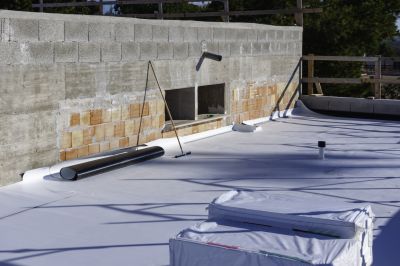
The short, realistic tool list for quality Waterproofings.
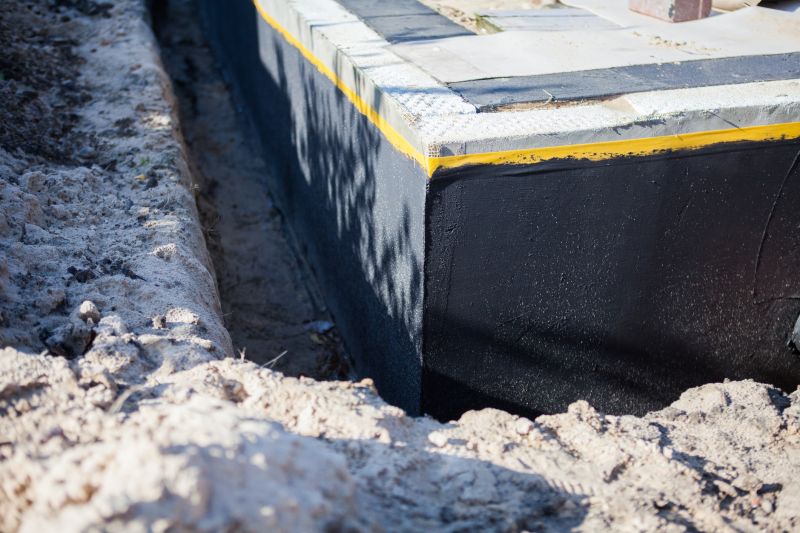
Rough timing from prep to clean-up for Waterproofings.
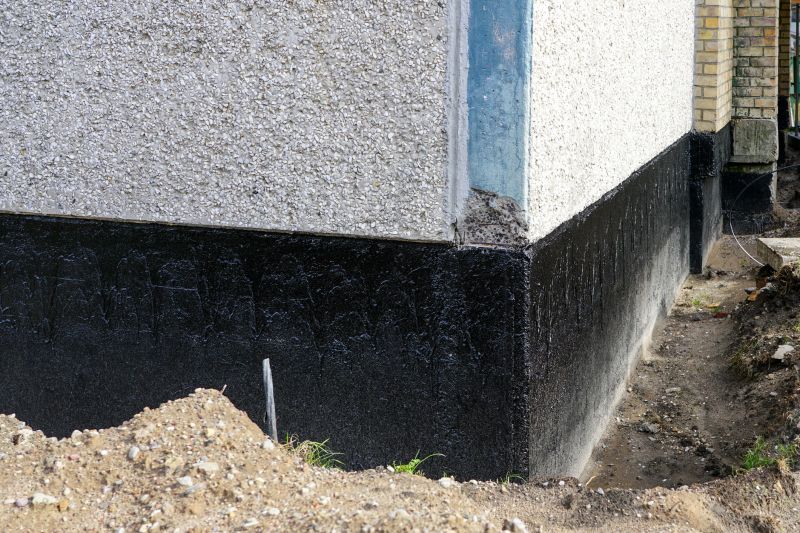
Quick checks and paperwork to keep after Waterproofings.
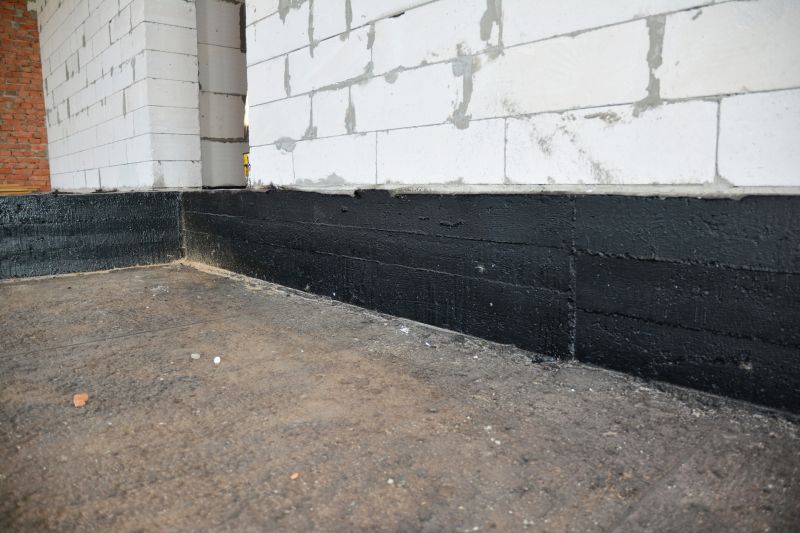
Examples that show the impact a good Waterproofings can make.

Ways to make Waterproofings work in tight or awkward layouts.

Ways to make Waterproofings work in tight or awkward layouts.
Interested parties are encouraged to contact for more information or to schedule waterproofing services. Proper timing and application techniques can significantly enhance the longevity of structures, ensuring protection against water damage and related issues.



